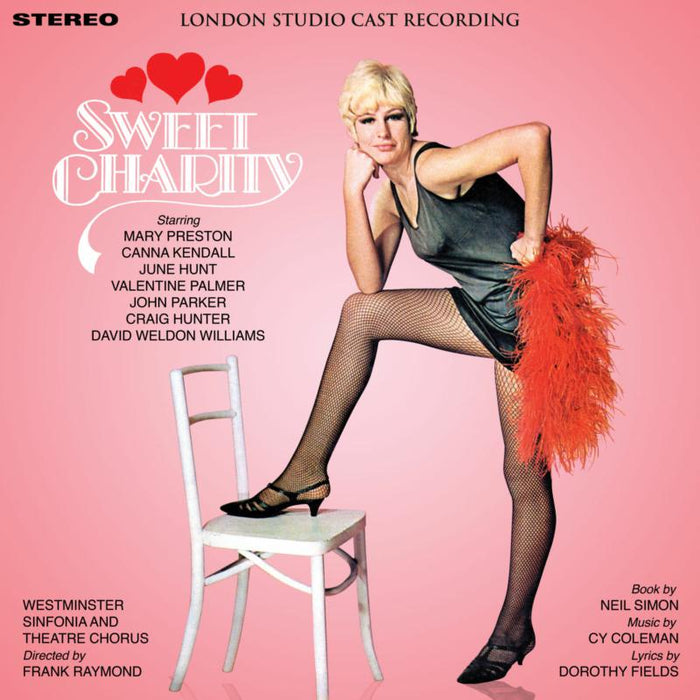Description
Marcel Dupre(1886-1971) Organ Works, Volume 11Marcel Dupre was born into a musical family in Rouen in 1886. His fatherwas an organist who had been a pupil of Guilmant, who became Marcel's teacherfrom the time the boy was eleven. Dupre was admitted to the Paris Conservatoireat sixteen, and among his teachers was Widor, whose assistant he became at thegreat church of St. Sulpice (Paris) four years later. Having won the covetedGrand Prix de Rome in 1914, Dupre began his rise to fame with internationalrecital tours, in which he performed (in Paris and New York) Bach's completeorgan works from memory - a stunning feat which had been his ambition since hewas a child. His American debut concluded with an improvised four-movementorgan symphony, described at the time as 'a musical miracle'.In 1925 Dupre bought a house in the Parisian suburb of Meudon, where hehad a house organ installed which had belonged to Guilmant. Pupils from allover the world were soon to flock here. A year later he was appointed professorof organ at the Paris Conservatoire, where his pupils included both Jehan andMarie-Claire Alain, Jean Guillou, Jean Langlais and Olivier Messiaen. Hesucceeded Widor as organist of St. Sulpice in 1934, where he remained for therest of his life, improvising (as has always been the custom in France) for theMass and Office, unfailingly matching the music to the occasion. He alsopublished a famous edition of Bach's organ works, as well as textbooksincluding the well-known Cours d'Improvisation. In the succeeding yearsuntil his death in 1971 he received many honours and awards, and composed worksthat now appear on recital programmes and in recordings all over the world. Onthe morning of the very day of his death (at home in Meudon) he played his twofinal masses at St. Sulpice.Le Chemin de la Croix ('The Way of the Cross') is an ideal vehicle forDupre's art, combining his genius for organ playing, his harmonic andcontrapuntal gifts and, not least, his religious devotion. The individual stationsof the Cross form a musical stained-glass window, juxtaposing autonomoussections of music in the way so many French composers love. Each station isdepicted in a pictorial manner whose history extends from Couperin'sharpsichord pieces through to Messiaen's great suites for organ.It is perhaps dangerous to seek absolutely precise images in Dupre, butPilate's grim (and cowardly - notice how indefinitely the music begins)sentence followed by the shrill mocking yells of the mob may be imagined in Jesusest condamne ?á mort ('Jesus is condemned to death'). On his way to Calvary,Jesus falls three times; in each of the relevant pieces, one can picture hisagonized steps, and the weight of the Cross bearing down on his shoulders. Howsubtly Dupre indicates that this is more than just the toppling over of oneexhausted human being! The brutality of events is interrupted by the tendermeeting of Jesus with Mary; the resigned mood of the music seems to suggestthat both had long reali









